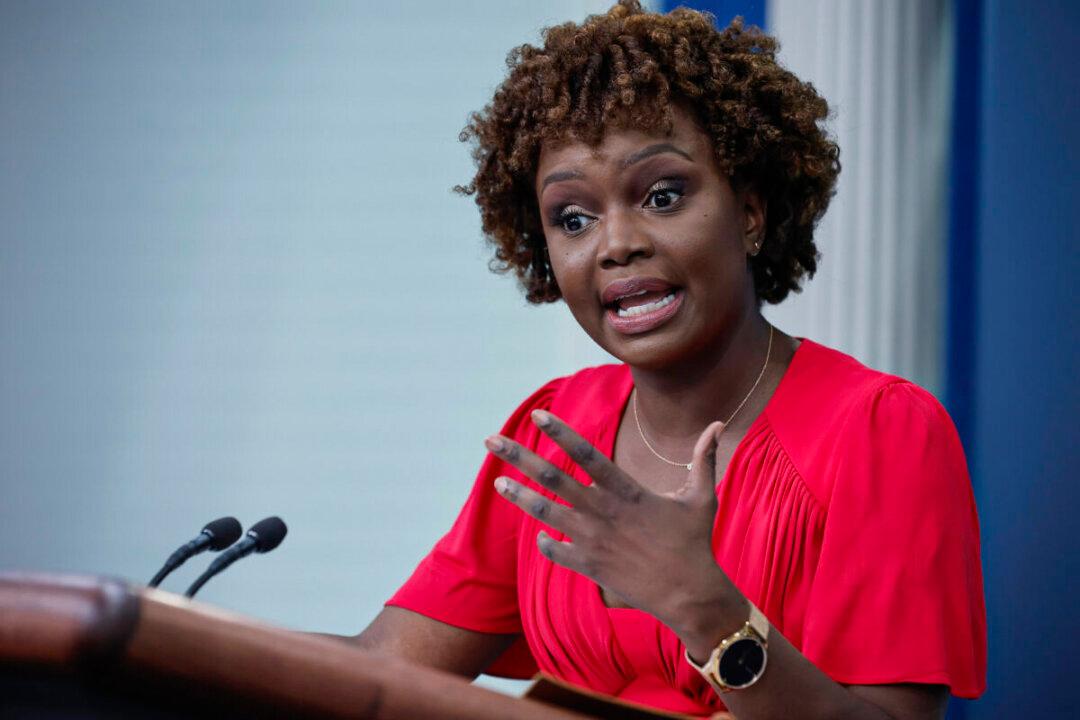Public health officials are still not offering specific benchmarks that would trigger the easing of recommendations related to COVID-19.
At a White House COVID update on Feb. 9, Centers for Disease Control and Prevention (CDC) Director Rochelle Walensky said there will “come a time when we move from a phase of crisis to a point where COVID-19 is not disrupting our daily lives.”




